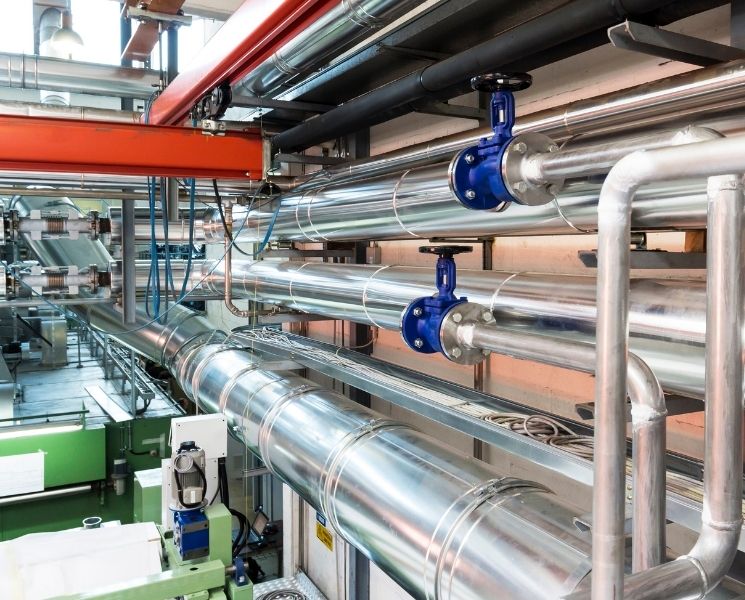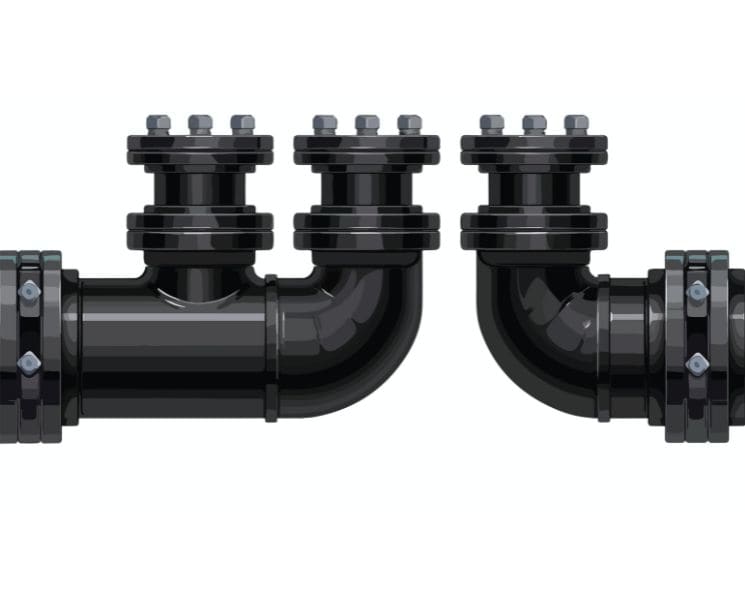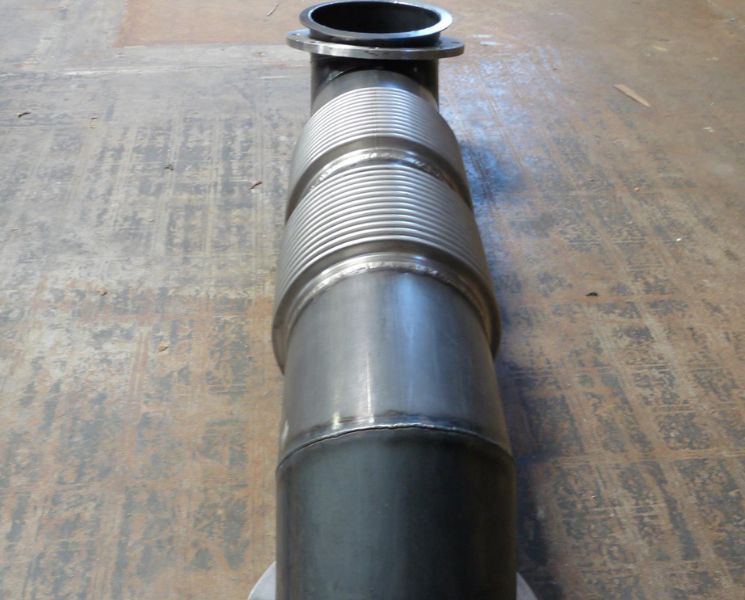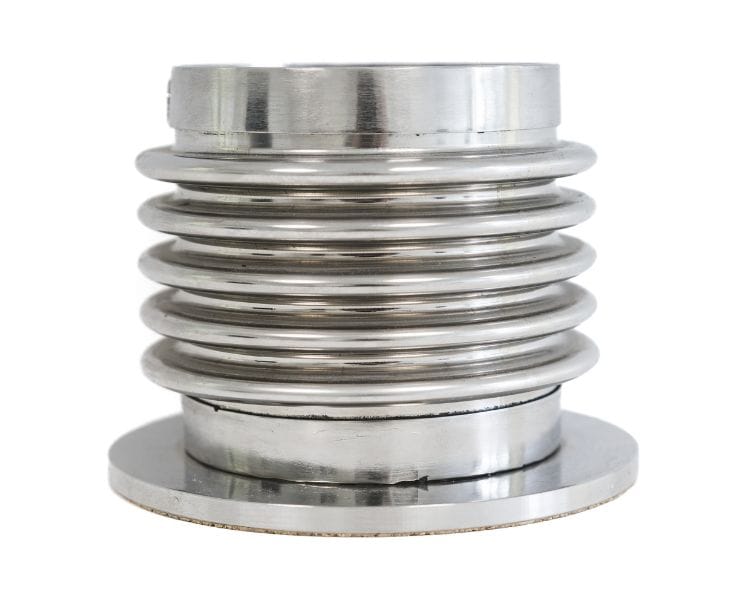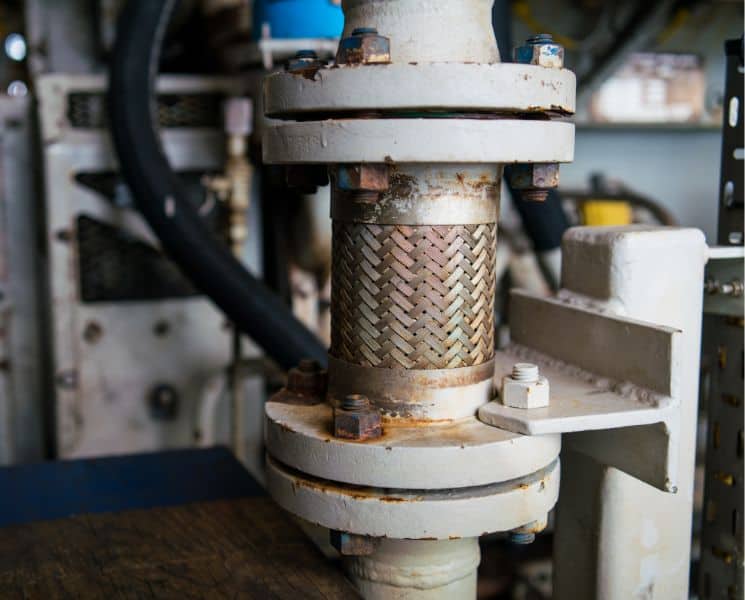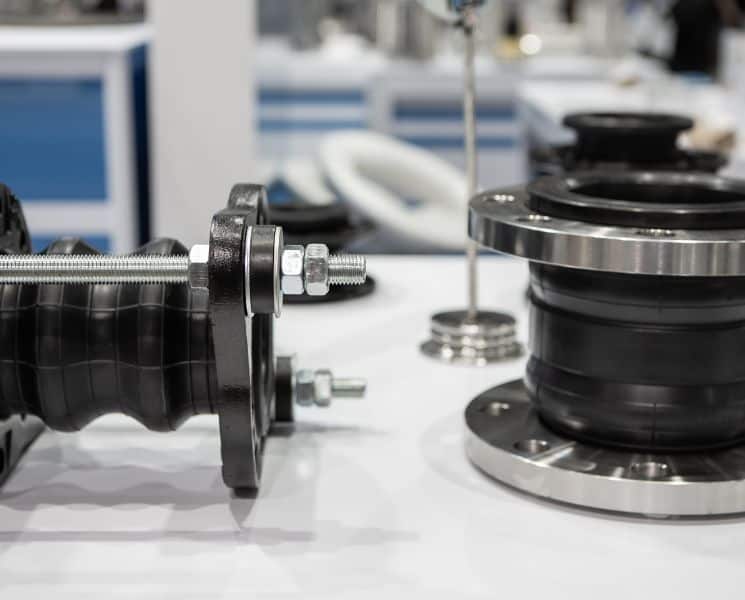Like a sealed spring, pipe expansion joints are flexible enough to allow movement and expansion. Without these vital parts, pipes and hoses would fall victim to significant damage like cracks and breaks under various pressures.
However, a defective component may also be responsible for a system’s breakdown. That said, here are common causes of pipe expansion joint failure.
Incorrect Design
Most expansion joints have a specific design catering to their function. If a manufacturer isn’t aware of axial, lateral, and angular movements during a system’s operation, they may offer you a component with the incorrect design.
A manufacturer should have knowledge of materials best suitable to withstand high temperatures to provide durable expansion joints for the system.
Incorrect Installation
Incorrectly installed expansion joints also increase the risk of failure. Misaligned internal liners often result in a reversed flow direction and don’t provide the adequate protection against mechanical damage necessary.
Corrosion
Corrosion is present internally and externally. You can avoid expansion joint failure by routinely cleaning and flushing the piping system after chlorides pass through the components. A dirty piping system may allow chlorides to settle, causing breakdown.
Cracking and Stress
While expansion joints work to lessen vibration and stress on a system, these parts have their limits! Failure in pieces with high vibrations may occur, causing cracks in the bellows.
Inadequate Support
Anchors and guides are necessary to hold bellows in their places so that expansion joints can move. A bellow in the incorrect size may encourage stretching and compression to meet the position. Warping a bellow will compromise its performance, resulting in an unstable piping system.
While there are common causes of pipe expansion joint failure, understanding each one may provide an insight into your system’s operation and aid in prevention. For more information, you can view our Triad Bellows pipe alignment guide.

